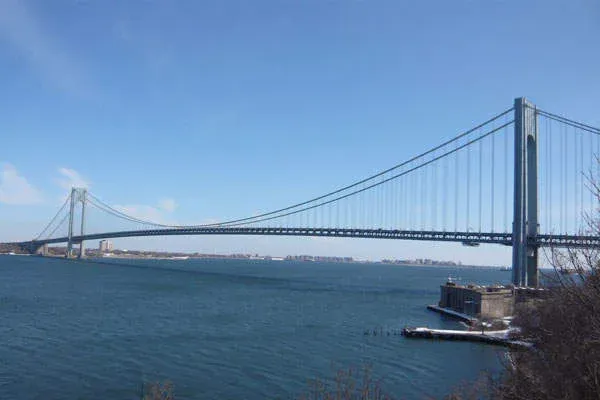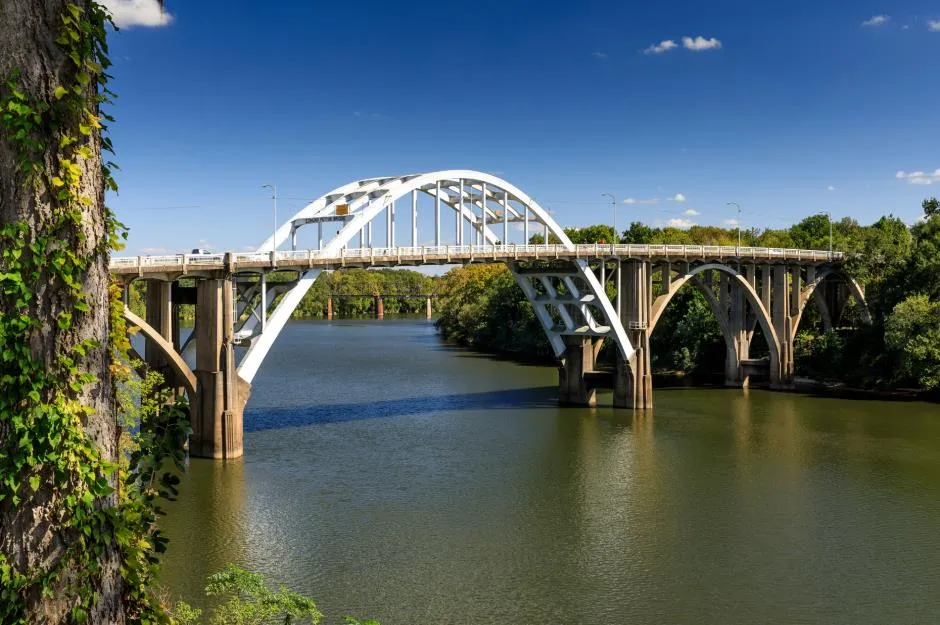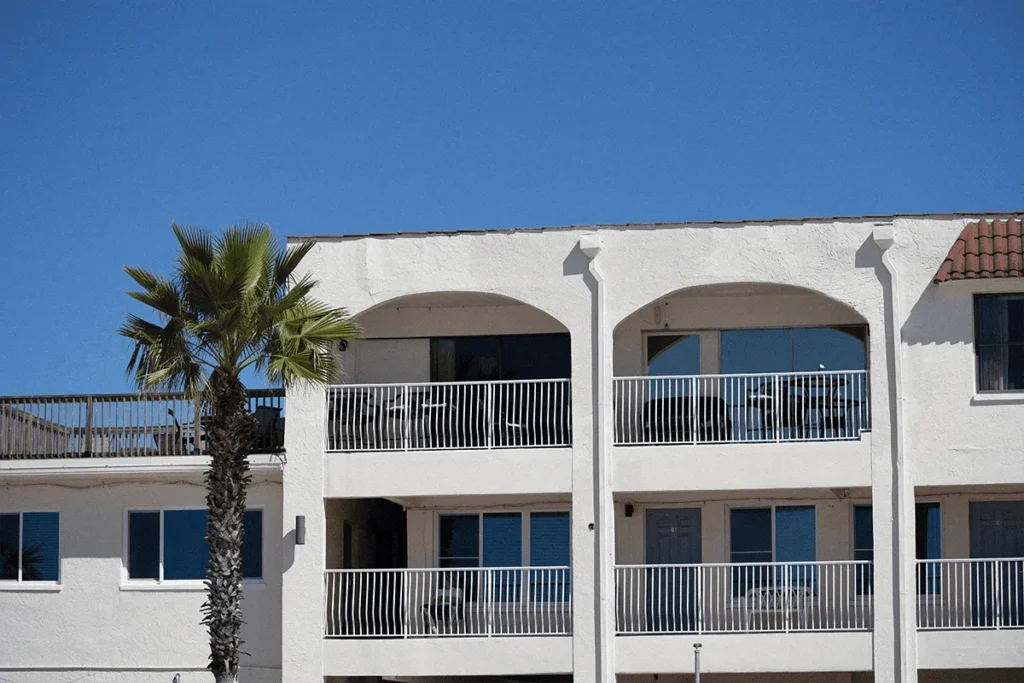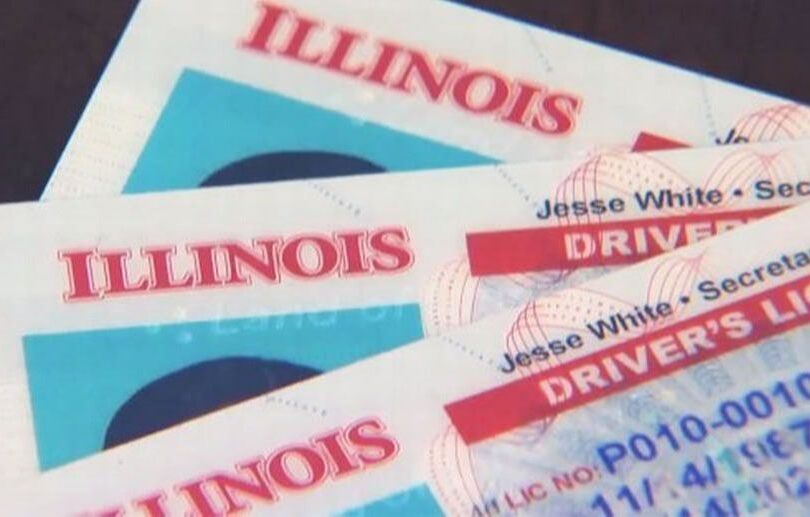Bridges in the United States in poor condition can be a threat

Bridges in the United States in poor condition can be a threat if we consider that a high percentage of them are in advanced deterioration.
The collision of a container ship with the Francis Scott Key Bridge in Baltimore has been the trigger for various opinions, including the poor condition of bridges in the United States.
Analysts have warned about the potential vulnerabilities of some of the more than 600,000 bridges in the United States.
The Key Bridge has been standing for 47 years, and in that time it has never received a jolt enough for anyone to think it might collapse.
But when the Dali, a ship weighing more than 100,000 tons, hit it, the bridge collapsed in less than a minute.
The condition of bridges in the United States must undergo a review in every major city.
Recent federal safety inspections of the Key found its condition to be “fair,” and Maryland’s governor said the bridge was “fully compliant.”
But thousands of bridges in the U.S. are in disrepair.
READ MORE: POPULARITY BETWEEN TRUMP AND BIDEN: LATEST POLL.

Bridges in the United States: Alert
Some 46,000 bridges in the United States have aging structures and are in “poor” condition, and 17,000 are at risk of collapsing in one fell swoop, according to the American Society of Civil Engineers and the federal government.
Extreme weather events, increasingly heavy trucks and collisions from large container ships pose significant risks to U.S. bridges, engineers and other infrastructure experts say.
States inspect bridges in the U.S., especially those located on highways, at least once every two years and classify them as “good,” “fair” or “poor.”
A bridge in poor condition has some structural elements in a state of “advanced deterioration.”
About 46,100 of the 617,000 bridges in the United States, or 7.5% of all bridges, are considered structurally deficient and in poor condition, according to the latest infrastructure report from the American Society of Civil Engineers released in 2021.
Every day, 178 million trips are made across these structurally deficient bridges.
While structurally deficient bridges are not inherently unsafe, their maintenance requires considerable investment, the organization says.
They are also at greater risk of closure or weight restrictions.
The good news is that the number of structurally deficient bridges has declined in recent years, according to the group. But the bad news is that the pace of spending on improvements has slowed.

According to a recent estimate, the backlog of bridge repairs in the United States amounts to $125 billion.
The $1.2 trillion federal infrastructure bill passed in 2021, which includes $110 billion for roads, bridges and major infrastructure projects, could help pay for some bridge improvements.
Many of the oldest bridges in the United States are vulnerable to extreme weather events, such as earthquakes, hurricanes or high heat.
According to the American Society of Civil Engineers’ 2021 report, nearly 21,000 bridges are susceptible to having their foundations threatened during extreme weather events.
According to a 2016 report by the Congressional Research Service, the seismic resistance of the U.S. highway system has improved in recent decades through investments in new, stronger infrastructure and upgrades to existing structures.






